Help Needed
Is there anyone out there who is good at scanning slides or anyone who knows of a lab that does a decent job for a buck or two? I need to have some slides scanned for a program that I am doing in mid-April for the National Science Teacher’s Association National Conference on Science Education in San Antonio, TX. If you can help, please contact me via e-mail.
|
This Great Blue Heron was photographed at ISO 400. Evaluative metering at zero as framed: 1/2000 sec. at f/7.1 in Manual mode. |
Exposure Quiz
In the Exposure Quiz: You Are on the Spot and Have One Second to Get Ready. What Do You Do? blog post on February 25, I wrote, “You just finished photographing the Great Blue Heron above, making sure not to clip the WHITEs on the heron’s neck. You look up and see the Boat-tailed Grackle below landing into the wind. You have at most one second to adjust the exposure. You are at 1/2000 sec. at f/7.1 in Manual. mode. What do you do and why?”
|
This Boat-tailed Grackle image was created on the recently concluded SW FLA BIRDS AS ART Instructional Photo-Tour with the hand held Canon EF 300mm f/2.8L IS II USM lens with the Canon 1.4x EF Extender III (Teleconverter) and the Canon EOS-1D X Digital SLR camera body. ISO 400. What is your shutter speed? What is your aperture? Central sensor/AI Servo Surround/Rear Focus AF active at the moment of exposure. Click here if you missed the Rear Focus Tutorial. Click on the image to see a larger version. If you own a 1D X be sure to check out the info on our EOS-1D X Autofocus Guide below. |
The Answer
It was key that I knew what my settings were: 1/2000 sec. at f/7.1 in Manual mode. I though, “I need to go lighter while maintaining enough shutter speed to create a sharp image.” As I usually control the shutter speed when making such adjustments, I rolled the index finger dial three clicks counter-clockwise, got my finger back on the shutter button and created two images. The original capture is below.
Folks who suggested adding two stops to the GBH exposure would have toasted the sky. Folks who suggested changing the ISO would not have had the time to do so. Opening the aperture from f/7.1 to f/4 would also have over-exposed the sky. Opening it up to f/5 would have yielded one stop more of light but I find it faster and easier to work with the index finger dial than with the thumb wheel.
Many folks who commented displayed a lack of understanding of working in Manual mode. It’s back to square one for them…. They need to click here and study and then follow the link to the Manual Mode tutorial.
This Just In
At 8:45pm on the evening of March first I finished responding to all the comments in the original post. I did need to be terse :).
|
This is the original Boat-tailed Grackle image. |
The Original Boat-tailed Grackle Image
First thing that I did was to move the bird down in the frame by dragging a layer of the whole image down and adding a Layer Mask. Then Detail Extractor and Tonal Contrast from NIK’s Color Efex Pro each at about 25% brought the bird’s face and underwing to life.
| [Not a valid template] |
NIK 15% Discount
A 30% layer of Detail Extractor and Tonal Contrast fine-tuned via a Regular Layer Mask really brought this image to life. As regular readers know, Color Efex Pro has drastically changed my digital workflow and little by little I have begun using Viveza to solve sticky image optimization problems and Silver Efex Pro fo fast, dramatic B&W conversions. You can save 15% on all NIK products (including Color Efex Pro, Silver Efex Pro, and Viveza) by clicking here and entering BAA in the Promo Code box at check-out. Then hit Apply to see your savings. You can download a trial copy that will work for 15 days and allow you to create full sized images.
|
This Snowy Egret was also photographed on the recently concluded SW FLA BIRDS AS ART Instructional Photo-Tour with the hand held Canon EF 300mm f/2.8L IS II USM lens with the Canon 1.4x EF Extender III (Teleconverter) and the Canon EOS-1D X Digital SLR camera body. ISO 400. 1/2000 sec. at f/? in Manual mode. Central sensor/AI Servo Surround/Rear Focus AF active at the moment of exposure. Click here if you missed the Rear Focus Tutorial. Click on the image to see a larger version. If you own a 1D X be sure to check out the info on our EOS-1D X Autofocus Guide below. |
Another Exposure Quiz
This Snowy Egret was photographed in the same light as the Great Blue Heron that opened this post. With the same ISO and shutter speed what aperture would you have set? And why?
|
What the heck is this? |
Color Efex Pro Funkiness
I did not do much to the Snowy Egret image: just toned down some specular highlights on the bill with a 70% Opacity Clone Stamp Brush, a bit of Selective Color work on the YELLOWs. and my usual NIK 50/50 layer at about 50% on the lores and the eye. I made my selection with the Quick Selection Tool and put it on its own layer. When the image opened in NIK Color Efex Pro this is what I saw. I call it “Panel Framing.” I have seen this several times before. Has anyone else run into this phenomenon? Any clues?
Fort DeSoto/Hooptie Deux/Roseate Spoonbill Short Notice IPT
|
This bathing Roseate Spoonbill in full breeding plumage was photographed last year at Alafia Banks with the tripod-mounted Canon EF 800mm f/5.6L IS USM Autofocus lens, the Canon 1.4x EF Extender III (teleconverter), and the Canon EOS-1D Mark IV now replaced by the Canon EOS-1D X digital SLR . ISO 400. Evaluative metering +1/3 stop as framed: 1/1600 sec. at f/8 in Manual mode. The very best opportunities in Florida to photograph this species in breeding plumage are with Captain James Shadle on the Hooptie Deux. |
Fort DeSoto/Hooptie Deux/Roseate Spoonbill Short Notice IPT: March 6-10, 2013. 5-DAY: $2399 (Includes 3 mornings on the Hooptie Deux). Limit: 6/Openings: 2.
Join me as part of a small group for five great days of bird photography and learning. We will spend three mornings with the breeding plumage spoonbills on James Shadle’s customized pontoon boat. This alone would cost you $1050 so this works out to the cheapest IPT ever: 5 full days for only $1349. We will spend two of our mornings and four of our afternoons at Fort DeSoto photographing all manner of wading birds, gulls, terns, and almost surely some Great Horned Owl chicks. Our last afternoon will be spent at an active Wood Stork rookery with lots of flight photography opportunities.
Click here and scroll down for additional details on this New Concept IPT.
Seriously Huge B&H Savings on Nikon and Canon Gear
Nikon
For the first time in many years NIKON is going to be deeply discounting many legacy pro lenses individually for the next 2 weeks only with discounts up to $350. There are also many amazing deals on NIKON Buy together and Save packages as well. Click here to save.
Nikon DSLRS Bundles with Lenses & Flash: Save up to $750. Click here to save. Make sure to add each item to your shopping cart to see the absolute lowest price.
Canon Lenses & Speedlites: Save Up to $300
Click here to save. Make sure to add each item to your shopping cart to see the absolute lowest price.
Canon Buy Together & Save: Save Up to $400
Click here to save.
EOS-1D X AF Guide
You can learn exactly how I set up and use this camera’s great new AF system in our EOS-1D X AF Guide. And you can learn about our other camera User’s Guides here.
Southwest Florida Site Guide
Several folks have written recently asking why this great guide has not been updated since 2007. The answer is that I have not discovered any new hotspots and that the good places remain good and the great places remain great. We found the Snowy Plovers on Wednesday in the exact spot described in the Southwest Florida Site Guide. Go figure.
Typos
On all blog posts, feel free to e-mail or leave a comment regarding any typos, wrong words, misspellings, omissions, or grammatical errors. Just be right. 🙂
Support the BAA Blog. Support the BAA Bulletins: Shop B&H here!
We want and need to keep providing you with the latest free information, photography and Photoshop lessons, and all manner of related information. Show your appreciation by making your purchases immediately after clicking on any of our B&H or Amazon Affiliate links in this blog post. Remember, B&H ain’t just photography!
Support the BAA Blog. Support the BAA Bulletins: Shop Amazon here!
And from the BAA On-line Store:
LensCoats. I have a LensCoat on each of my big lenses to protect them from nicks and thus increase their re-sales value. All my big lens LensCoat stuff is in Hardwood Snow pattern.
LegCoat Tripod Leg Covers. I have four tripods active and each has a Hardwood Snow LegCoat on it to help prevent further damage to my tender shoulders 🙂 And you will love them in mega-cold weather....
Gizo GT3532 LS CF Tripod. This one replaces the GT3530LS Tripod and will last you a lifetime. Learn more about this great tripod here.
Mongoose M3.6 Tripod Head. Right now this is the best tripod head around for use with lenses that weigh less than 9 pounds. For heavier lenses, check out the Wimberley V2 head.
Double Bubble Level. You will find one in my camera's hot shoe whenever I am not using flash.
The Lens Align Mark II. I use the Lens Align Mark II pretty much religiously to micro-adjust all of my gear an average of once a month and always before a major trip. Enjoy our free comprehensive tutorial here.
BreezeBrowser. I do not see how any digital photographer can exist without this program.
Delkin Flash Cards. I use and depend on Delkin compact Flash Cards and card readers most every day. Learn more about their great 700X and 1000X cards here or about my favorite Delkin card here.

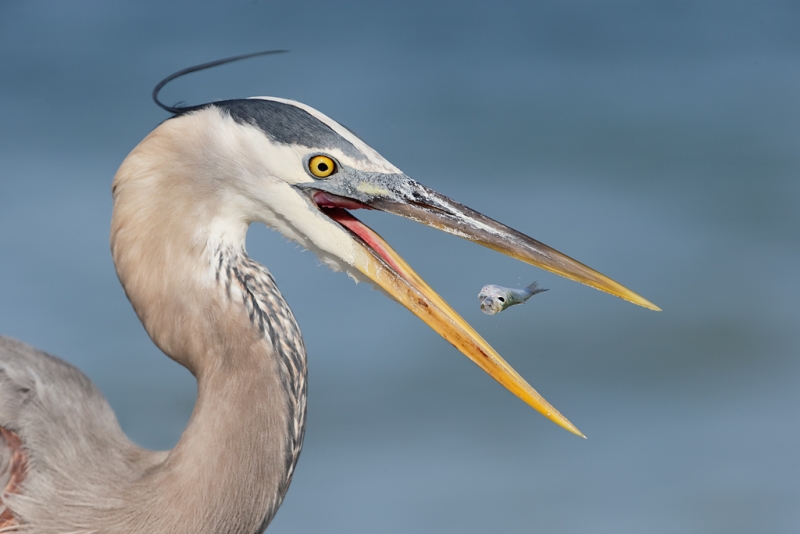
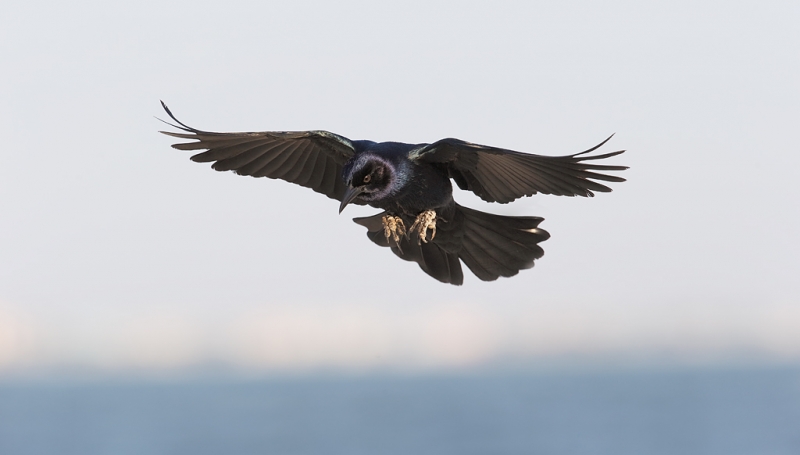
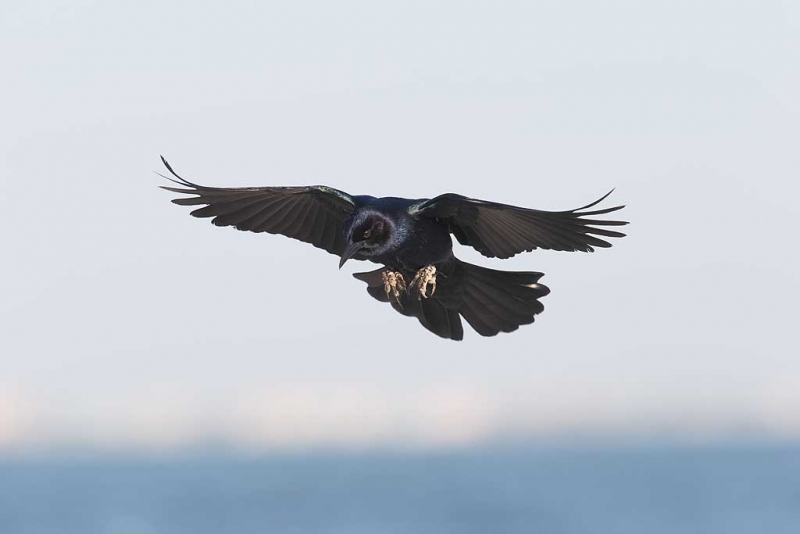
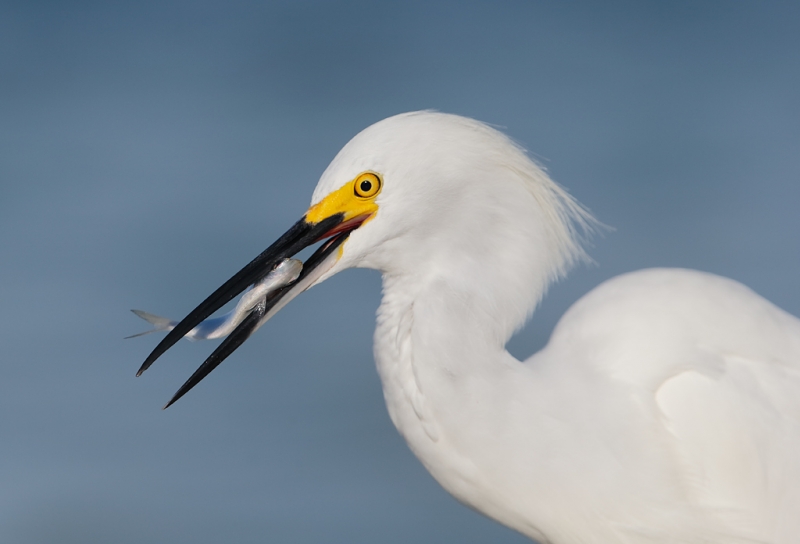
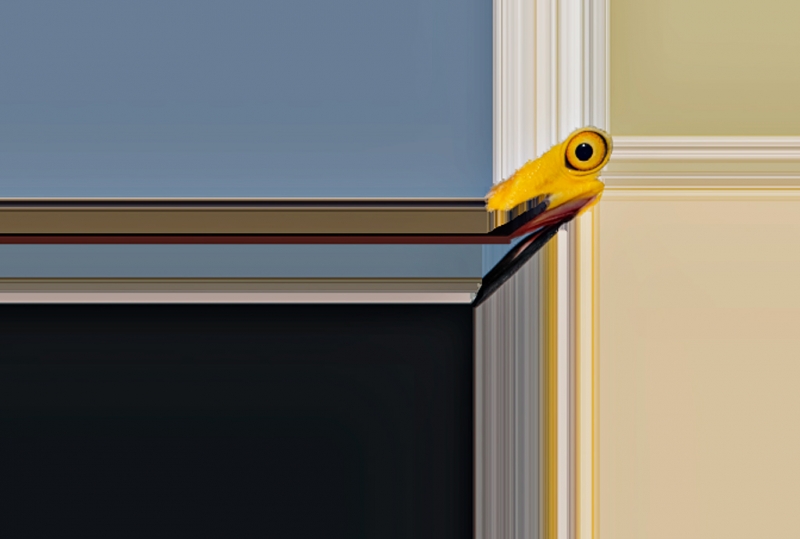
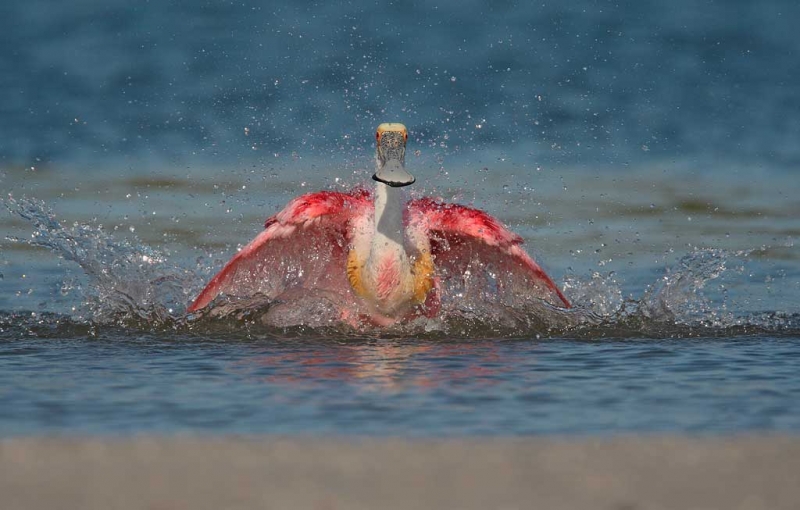













The GBH looks to me to be medium tone and your F7.1 1/2000 ISO 400 equals a sunny 16 exposure setting.
I learned from John Shaw in a long ago film workshop to close down 1 stop from sunny 16 for bright white.
Since your custom WHITE sunny 16 exposure is f8 1/2000 @ 400 ISO, do you close down only a third stop for white because as you have said many times “the meter is smart in bright sun” ?
Therefore, would the exposure for the Snowy Egret be at f8 (-1/3 stop) rather than f10 (minus 1 stop) ?
This is the opposite from the black grackle where opening up was the correct exposure
Many thanks for all the quizzes.
Same settings. Whites are white, regardless of how big or small they are in the frame. You’ve already metered to protect the whites of the GBH. The only thing that’d change is the reading on the exposure meter.
Assuming you meter the way you have mentioned in the past…i.e. metering off a generally neutral-toned sky, or sand, etc, then setting exposure correctly for that neutral area. I would assume that if the exposure for the GBH was correct, then the Egret in the same exact light would also be correct. I’d leave the aperture the same, with the assumption that previous metering would ensure those whites fall around the 240-245 range (in 8-bit color anyway.)
That said, I would presume the “as framed” exposure, as the meter reads it, would have changed. I would assume the meter would register a higher exposure…by another stop? Maybe slightly less…2/3rds of a stop.
Hi Arthur,
Not discouraged, I shall have a go at this one as well! I believe Snowy Egrets are brilliant white, opposed to the creamy whites of the Great Blue Heron, so I would be looking to reduce the exposure by at least 2/3 of a stop, so f/9. The extra depth of field also comes in handy as you are probably closer to this bird (smaller species) than you were to GBH to get this framing.
I shall wait to be correct! 😉
Sorry that should read.. “wait to be corrected”!
I agree with Miguel!
I maybe would stop down 2/3 to f9 otherwise you’ll overexpose as there’s more white compared to the GBH.
I would say f5.6, maybe f4.5 since there is more white on the egret and the camera tends to meter to 18% gray, the camera might underexpose the frame to compensate for that. The GBH has a larger percentage of gray natively in the frame so the snowy egret would need a touch more access to light. I would think in the manner of photographing a bride’s white dress against a darker background. So from going to a mostly gray bird to a stark white bird would actually need more light.
…to keep it this bright white
Mat, We are working in Manual Mode therefore nothing affects the exposure that you have set. In addition, your reasoning is wrong….
f/7.1. You’ve already checked/exposed your whites with the GBH.